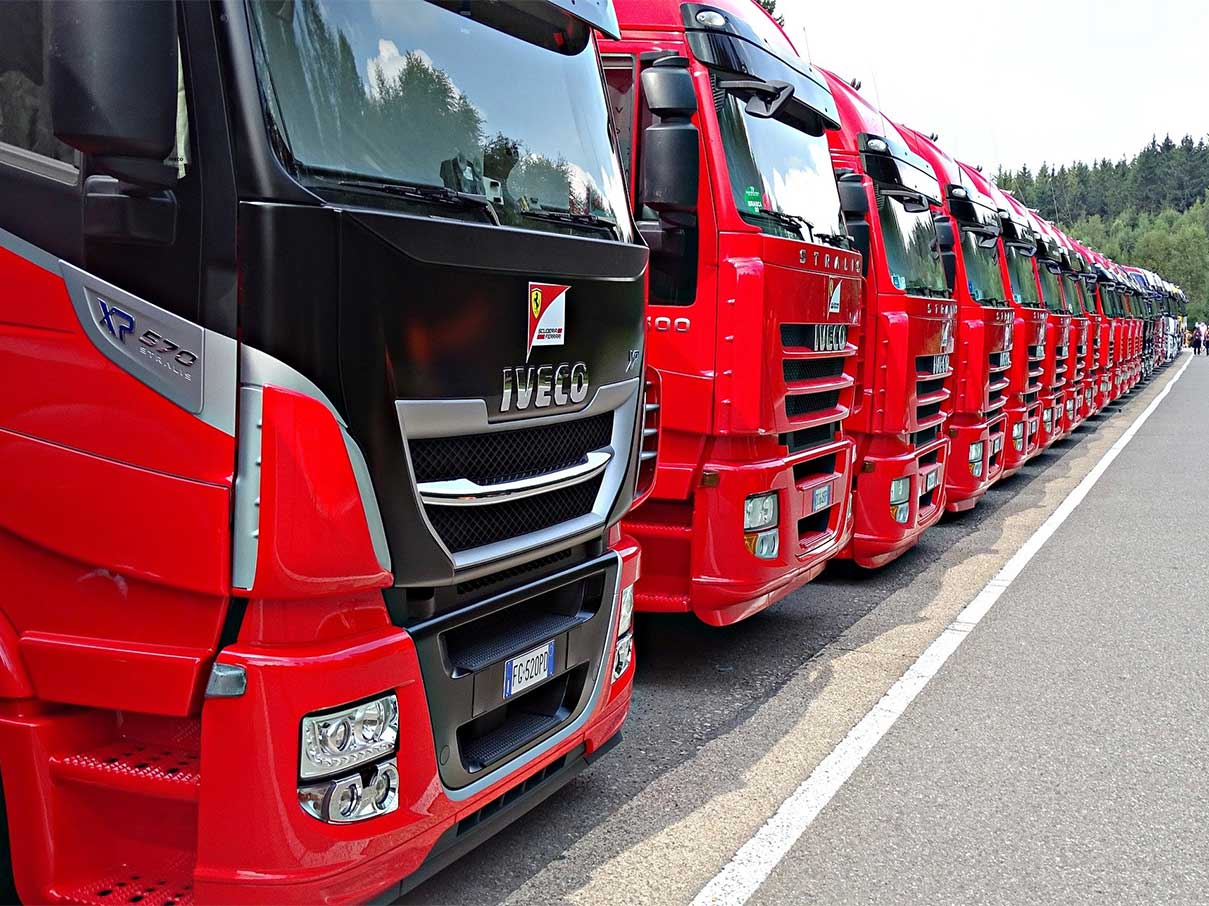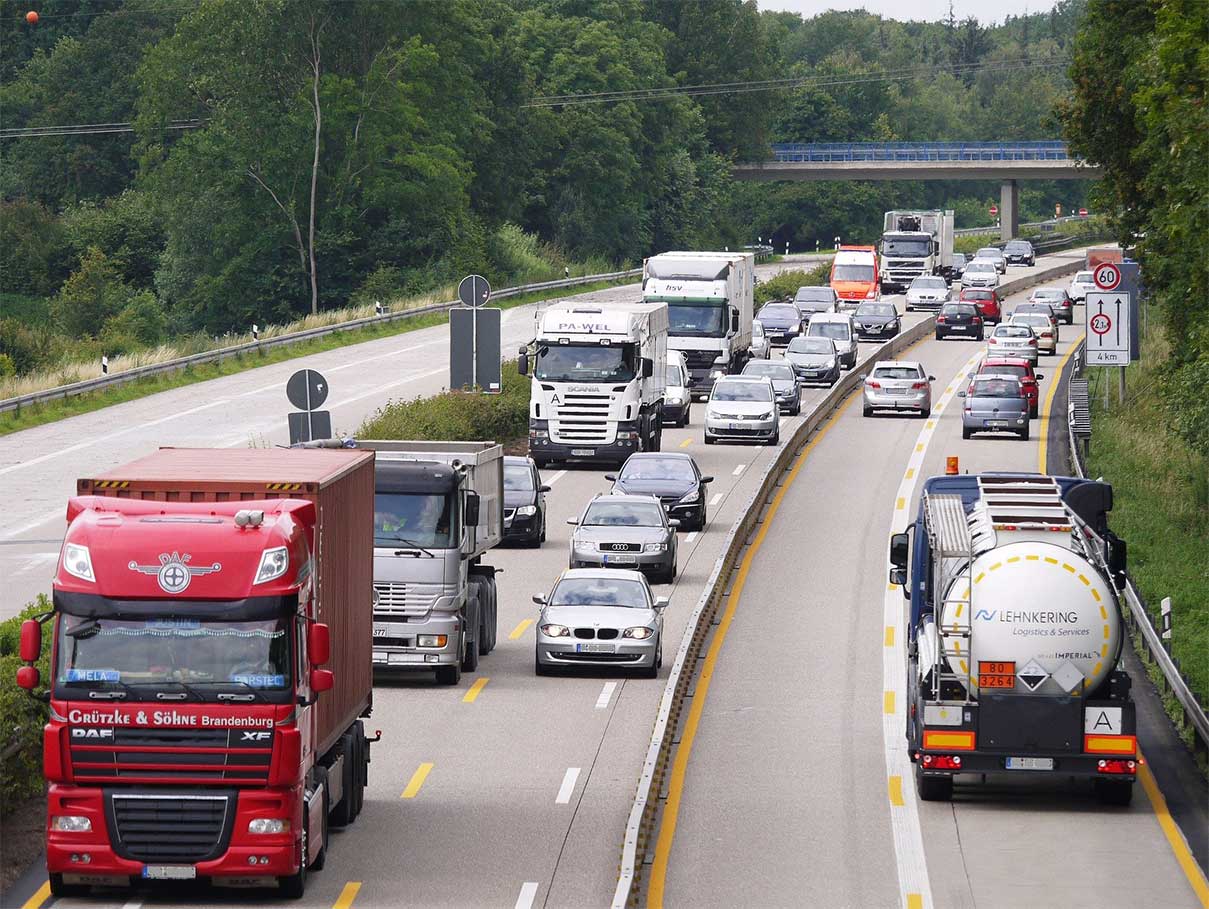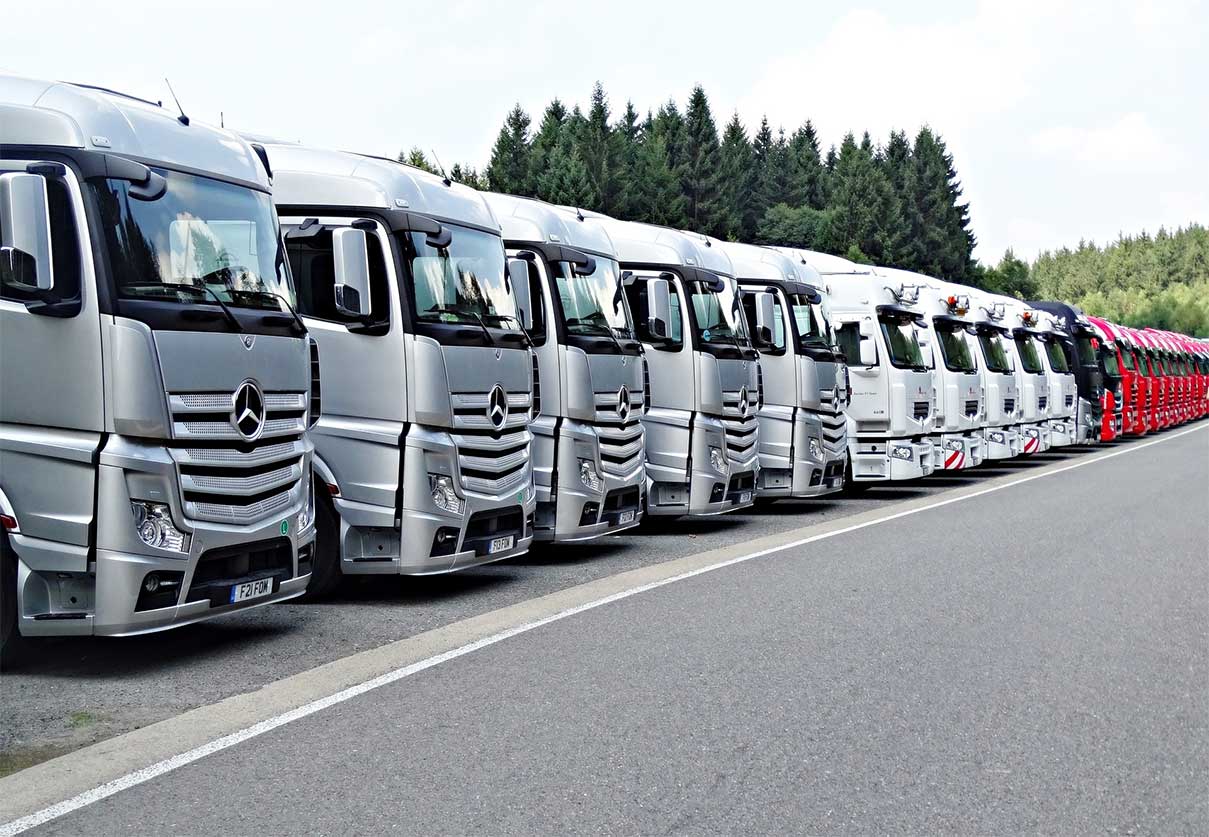
FORS is a voluntary scheme for fleet operators, the purpose of which is to raise the level of quality within fleet operations and to demonstrate which operators are achieving the standard. FORS encourages operators to take a closer look at their operations and identify areas of strength to be exploited and areas for improvement to be addressed.
The FORS logo allows potential customers to readily distinguish FORS operators from other operators and users of fleet operators may ask that their suppliers are FORS accredited.
The FORS standards specifically address the legal requirements of operating vehicles commercially in the UK and organisations are able to register if they operate any vehicle in the UK that is involved in the movement of materials, products, valuables, equipment, tools, waste, food, vehicles or luggage.
There are three levels of FORS accreditation which a fleet operator can be granted: Bronze, Silver and Gold.
The FORS Standard defines basic requirements for fleet operators to follow; there are four key areas to this standard:
As SCC are designers, manufacturers and distributors of vehicle safety equipment, the information on this page will primarily focus on the requirements specifically pertaining to vehicle safety equipment. However, if you require information on any of the other areas covered by the standard then please don’t hesitate to get in touch using the contact tab at the top of this page and a member of our knowledgeable team will be only too happy to assist you. Alternatively, please visit the FORS website for further information: https://www.fors-online.org.uk/cms/new-standard/
The FORS standard is applicable to all types of vehicles that are operated on the public highway and is also applicable to all types of drivers.

V6 – Requirement to fit larger vehicles with safety equipment that helps to protect vulnerable road users
In order to meet this requirement, FORS operators must ensure the following:
Whilst not mandatory, it is recommended that this signage should also not give instruction or direction to other road users.
2. Vehicles over 3.5 tonnes gross vehicle weight are fitted with safety equipment designed to reduce the risk of close-proximity collisions involving vulnerable road users. This includes side under-run protection to both sides of the vehicle and Class V and VI close-proximity mirrors.
Please note, almost all new vehicles now come with these products as standard and as such they are not provided by SCC.
Evidence that a vehicle has been fitted with the above equipment must be provided in order to attain bronze accreditation. This evidence must include the FORS Audit Declaration supported by:
O1 – Requirement to adhere to compliant, safe and efficient routes
In order to meet this requirement, operators must have a procedure in place to plan and adhere to compliant, safe and efficient routes.
Whilst this requirement is more concerned with internal policies and procedures, SCC do provide a navigation solution that can assist with this process.
Our specially designed X-Nav casing allows our satellite navigation system to be hard-wired into the cab and means it can never be removed or tampered with, ensuring drivers will only follow pre-arranged routes that are compliant, safe and efficient.
O3 – Requirement to document and investigate road traffic collisions, incidents and near-misses
In order to meet this requirement, operators must have a policy and supporting procedures in place to investigate road traffic collisions, incidents and near misses.
Again, whilst this requirement is more concerned with internal policies and procedures, SCC’s DVR Camera Systems can assist with this process.
Including SCC’s DVR as part of a vehicle safety system means any road traffic collisions, incidents and near misses would be recorded and stored on a removable hard drive, allowing for easy investigation.
Progression from Bronze to Silver or Gold accreditation is not mandatory but may help in complying with more rigorous procurement conditions. Progression to Silver accreditation is dependent upon operators first achieving and maintaining the requirements of Bronze accreditation.
S6 – Requirement to fit HGVs with enhanced safety equipment to help protect vulnerable road users
In order to meet this requirement, FORS operators must ensure that all HGVs are fitted with enhanced safety equipment designed to reduce the risk of close-proximity collisions involving vulnerable road users. This equipment must include:
Blind spot vision aids must include:
Where a driver has full view of the near-side blind spot area by direct vision, such as a left-hand drive vehicle, the camera system and in-cab display screen is not required.
Rigid goods vehicles over 7.5 tonnes gross vehicle weight must be fitted with a camera system that monitors the rear vehicle blind spot.
Whilst not mandatory, it is recommended that any camera systems should also monitor front and off-side blind spots, as well as be able to digitally record incidents and assist in driver training and development.
To allow for older vehicles in the fleet replacement cycle, a tolerance in the number of vehicles fitted with cameras systems will be accepted for vehicles registered before 1 January 2015 where there is not a contractual or permit requirement. This tolerance must be fully justified at audit. If this tolerance is permitted, any older vehicles not fitted with camera systems must be fitted with an alternative blind spot vision aid, such as a Fresnel Lens.
An audible warning system that alerts other road users of left-turn and reversing manoeuvres must activate when the left-turn indicator is engaged.
Whilst not mandatory, it is recommended that it should be fitted with a manual switch to mute the sound when required, such as operating between 23:30 and 07:00 in urban areas.
Again although not mandatory, it would be good practice to supplement an audible warning system with a visual warning to vulnerable road users.
Evidence that a vehicle has been fitted with the above equipment must be provided in order to attain silver accreditation. This evidence must include the FORS Audit Declaration supported by:
Progression from Silver to Gold accreditation is not mandatory but may help in complying with more rigorous procurement conditions. Progression to Gold accreditation is dependent upon operators first achieving and maintaining the requirements of Bronze and Silver accreditation.

G6 – Requirement to progress further to reduce the environmental, safety and congestion impacts on the road network
In order to meet this requirement, FORS operators must undertake a review of the fleet operation to further improve environment performance, road safety and efficiency. The review must include a considered evaluation for using vehicles designed for more efficient operations, ultralow and zero emission capable vehicles, and safer vehicles that are best in class for direct vision.
Where a tolerance has been accepted at requirement S6, all HGVs irrespective of age must be fitted with blind spot aids that include:

FORS Standard Version 6 was introduced in July 2022.
The only changes pertaining to vehicle safety systems are at Bronze level, requirements V6 and O1: